Natura / Nature
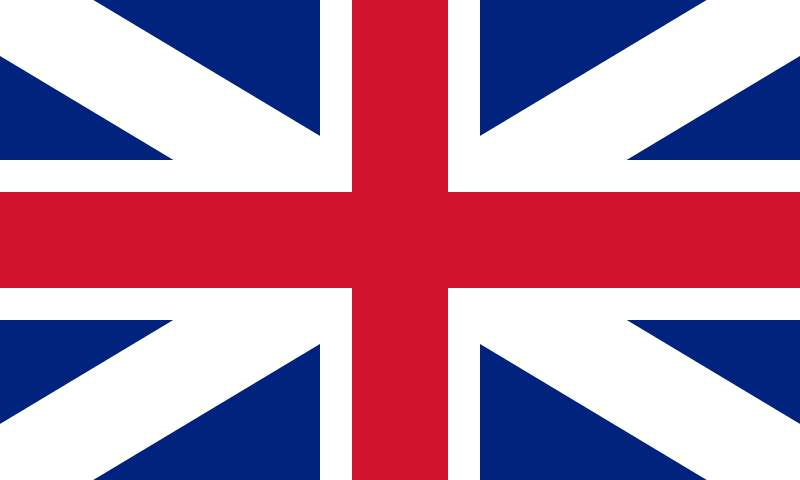
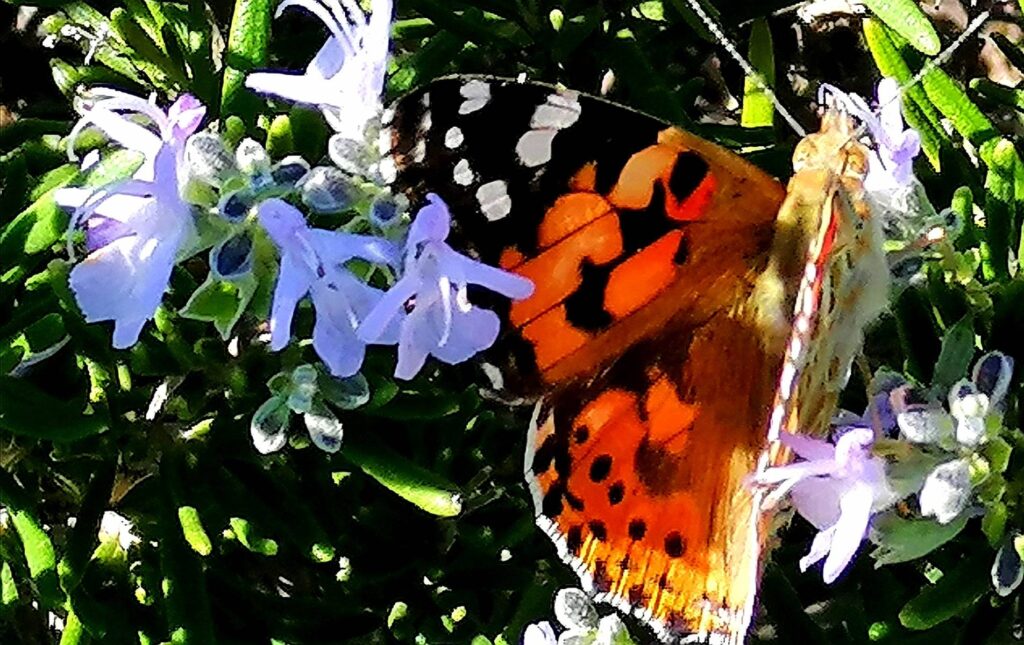
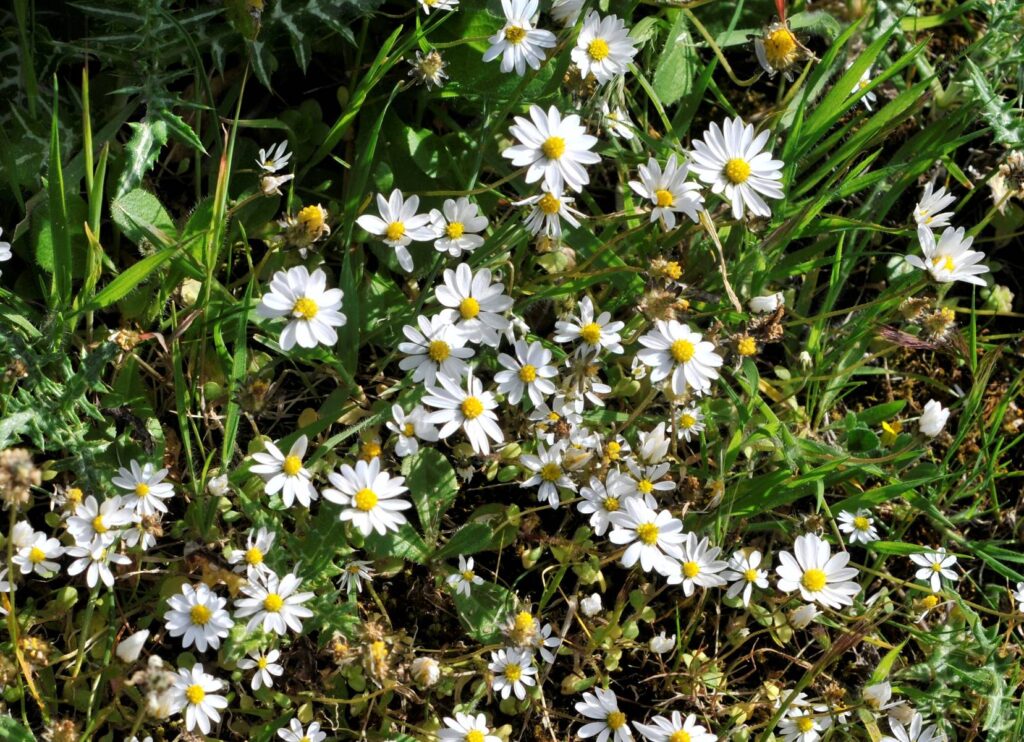
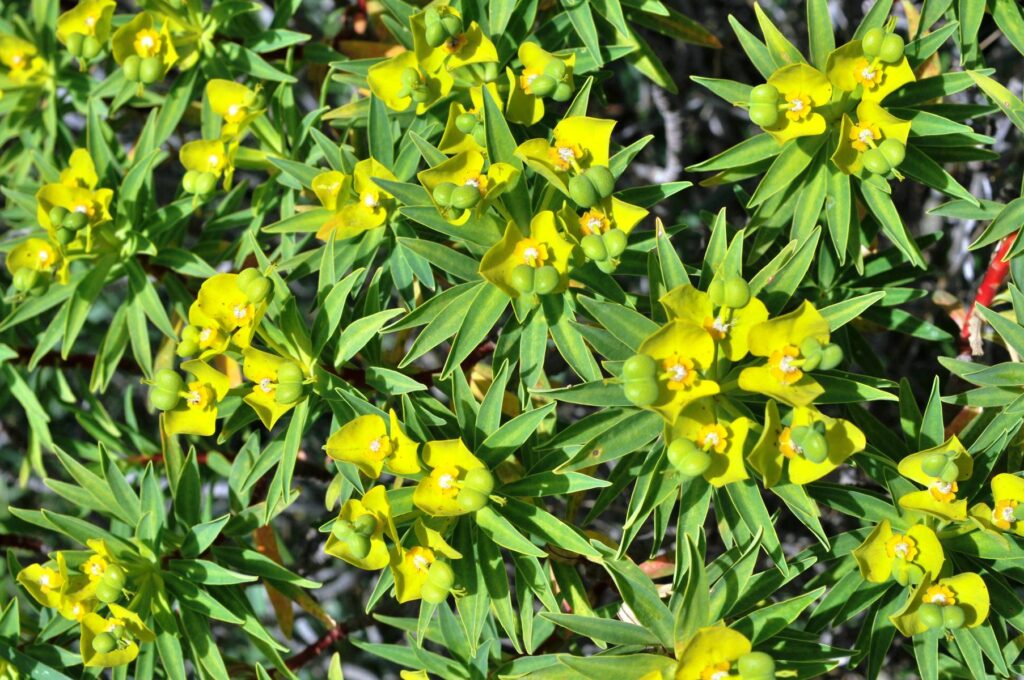
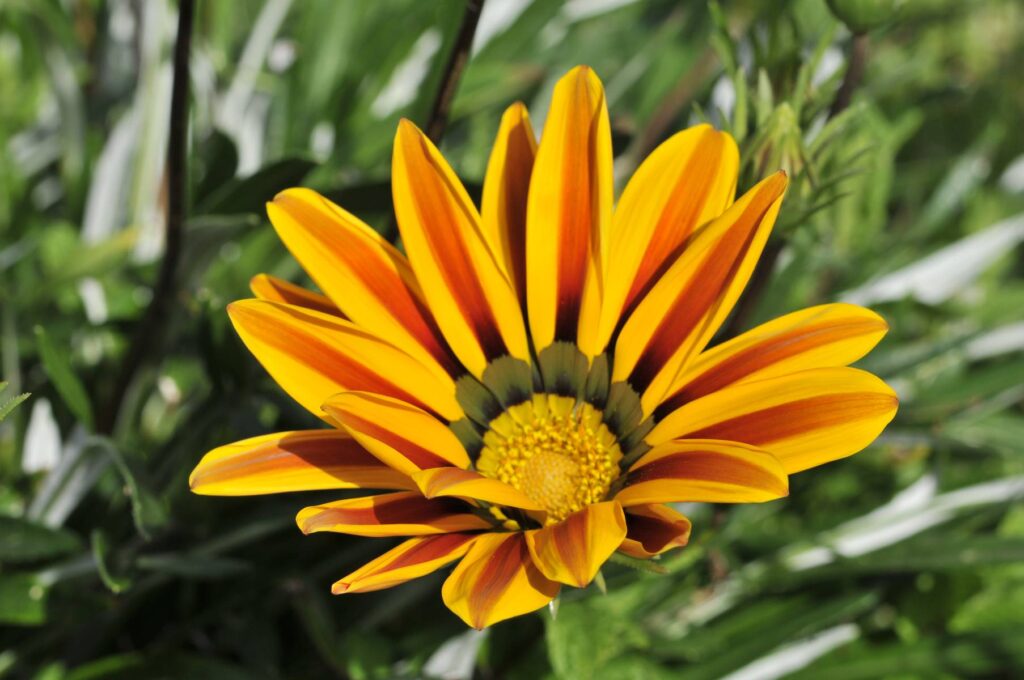
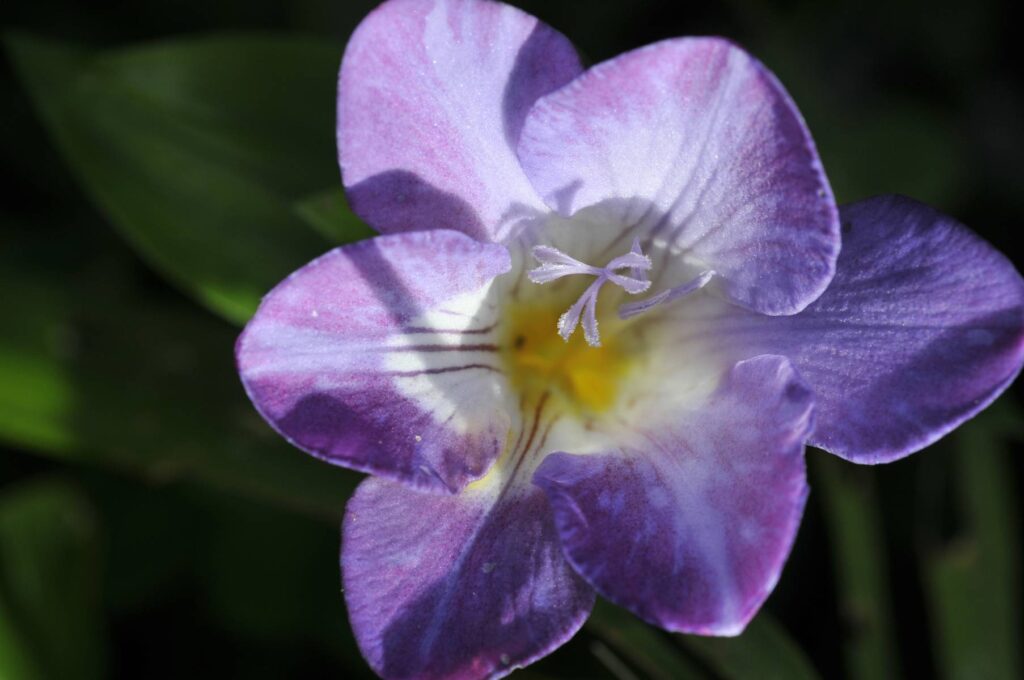
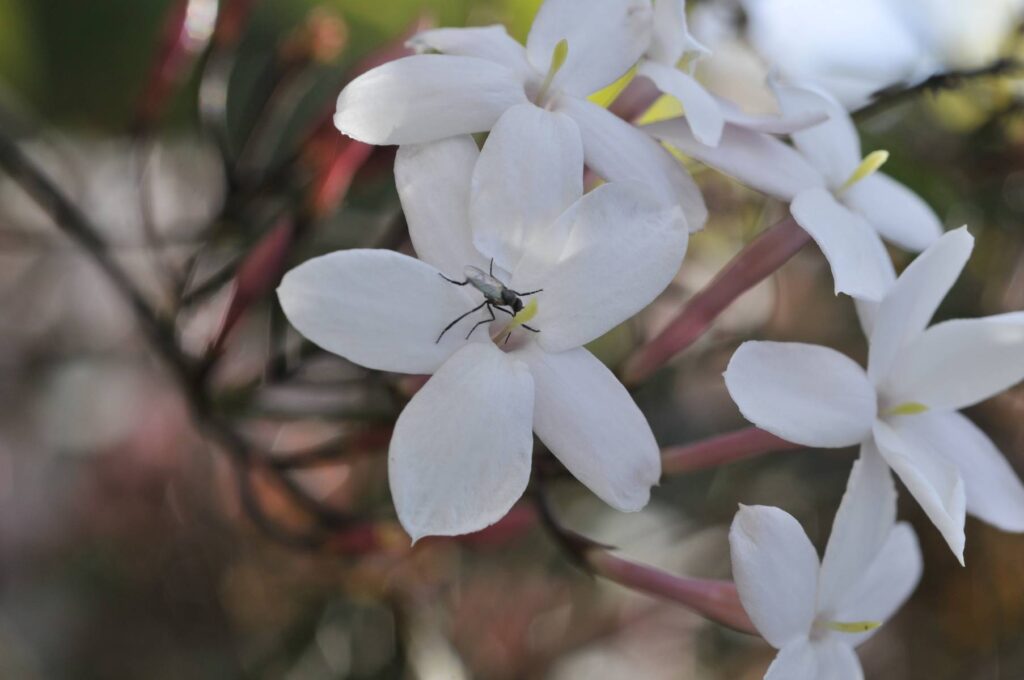
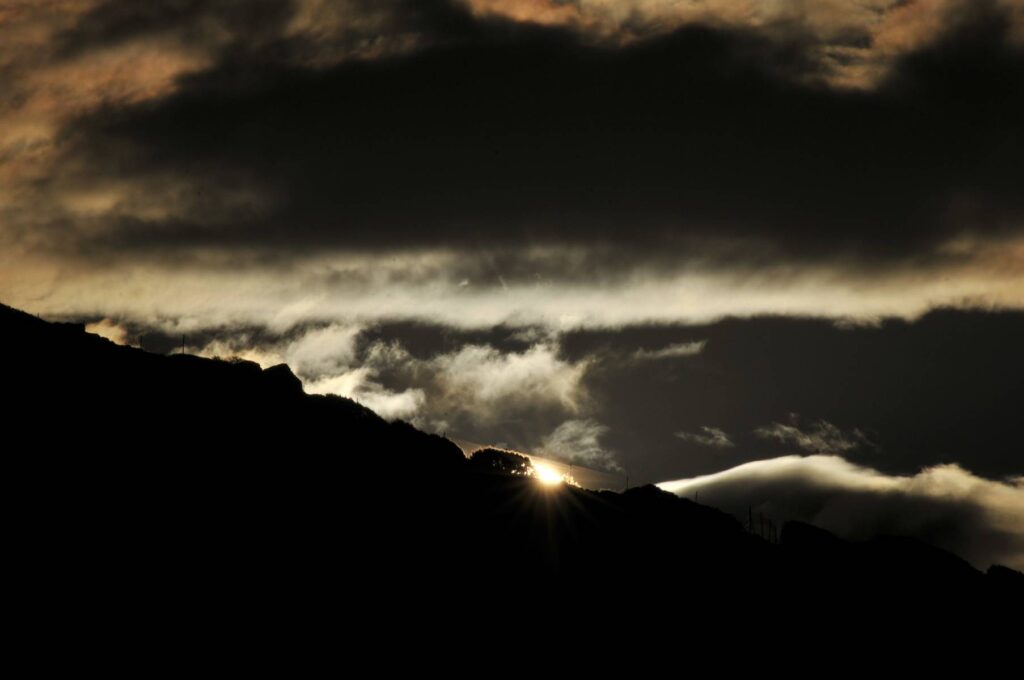
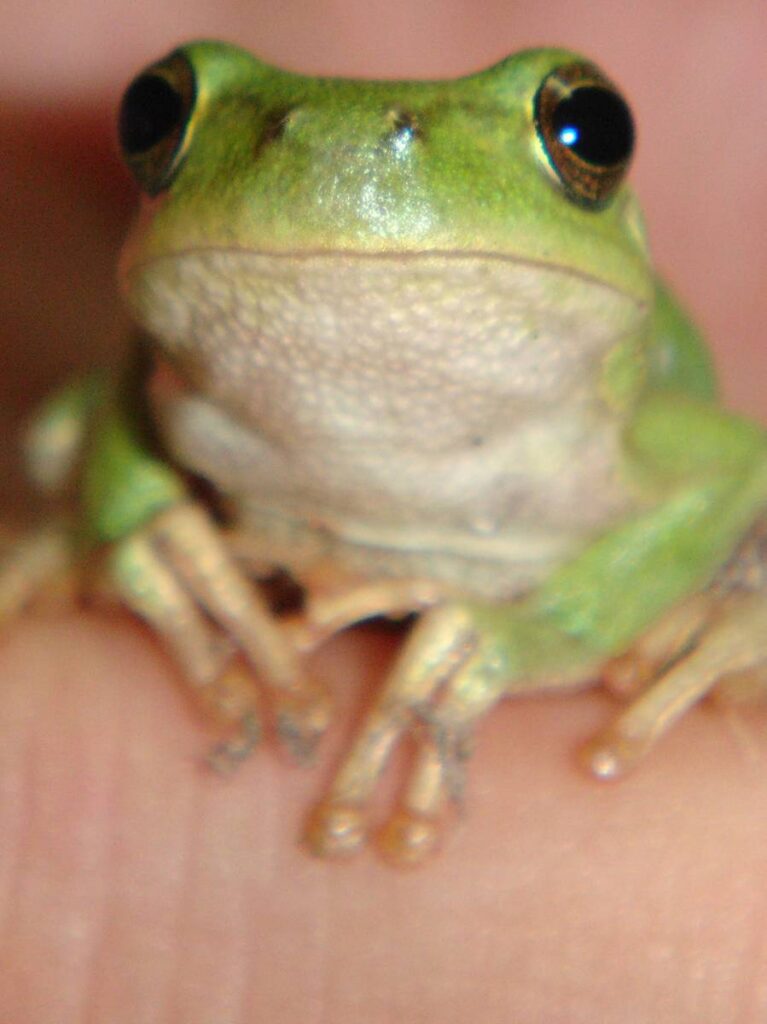
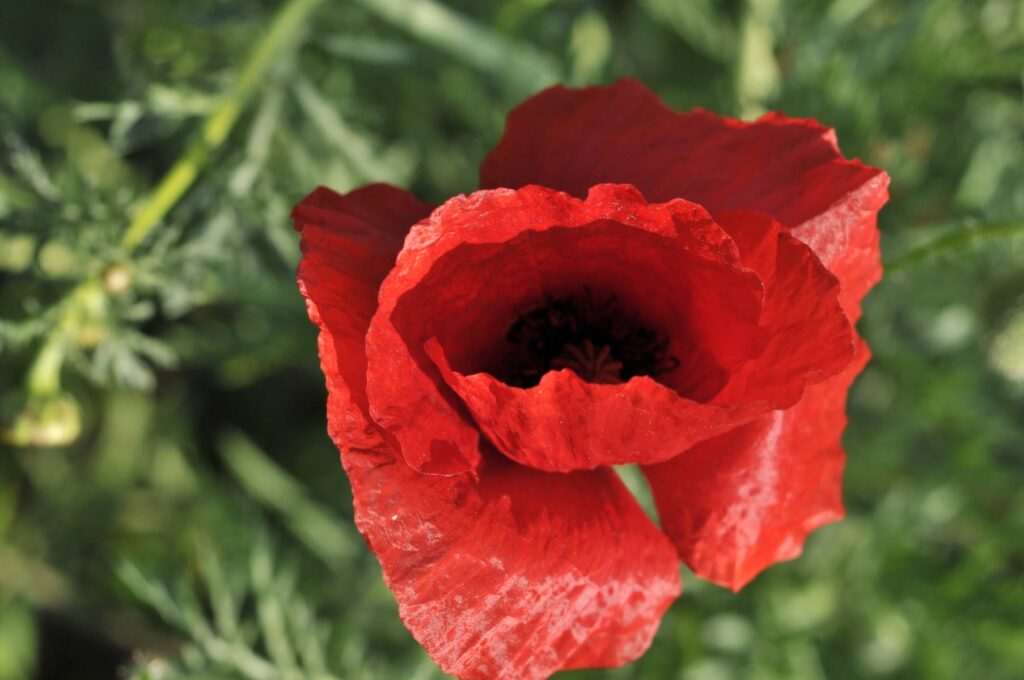
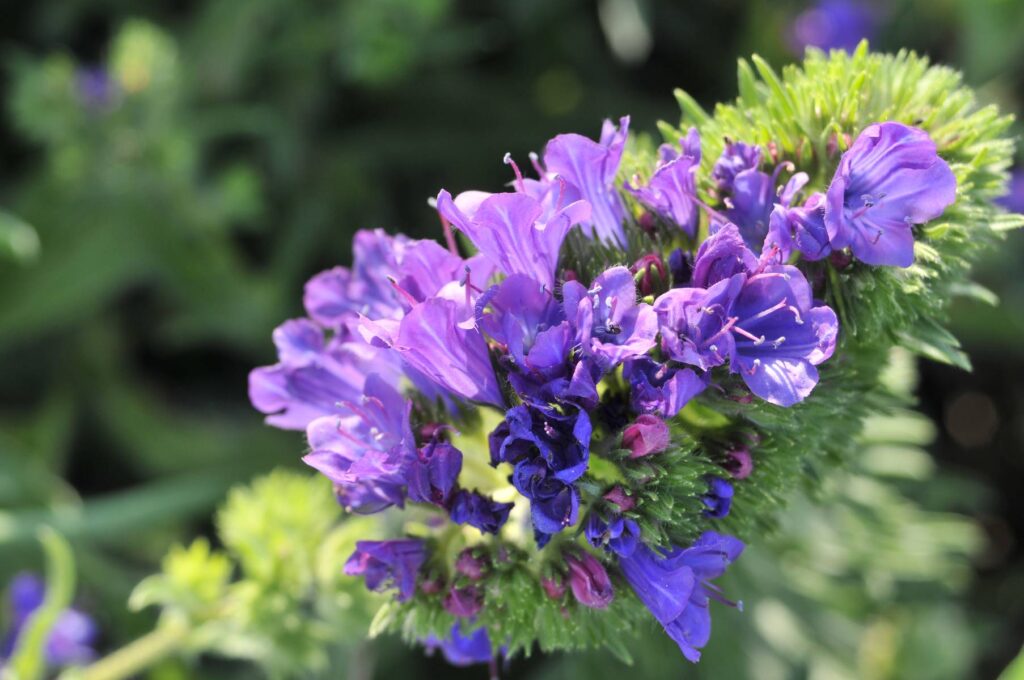
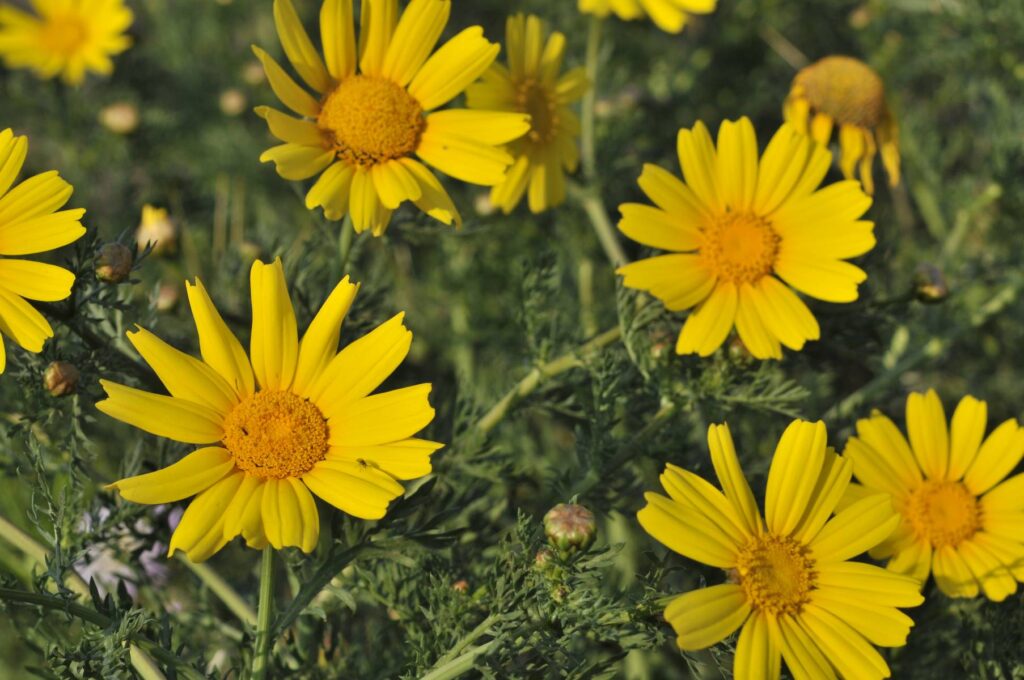
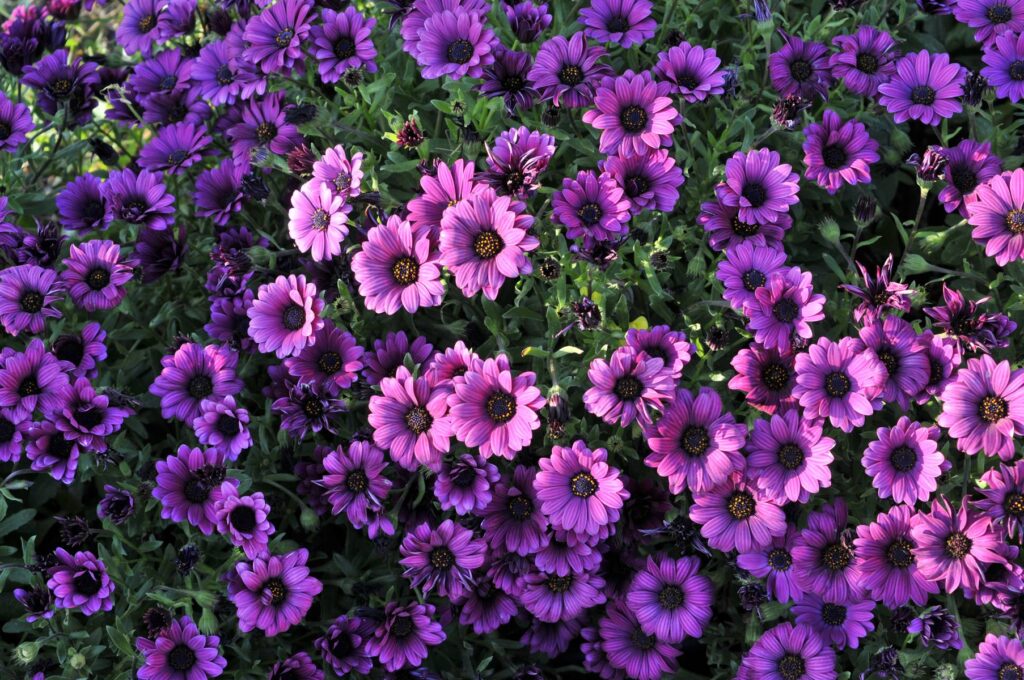

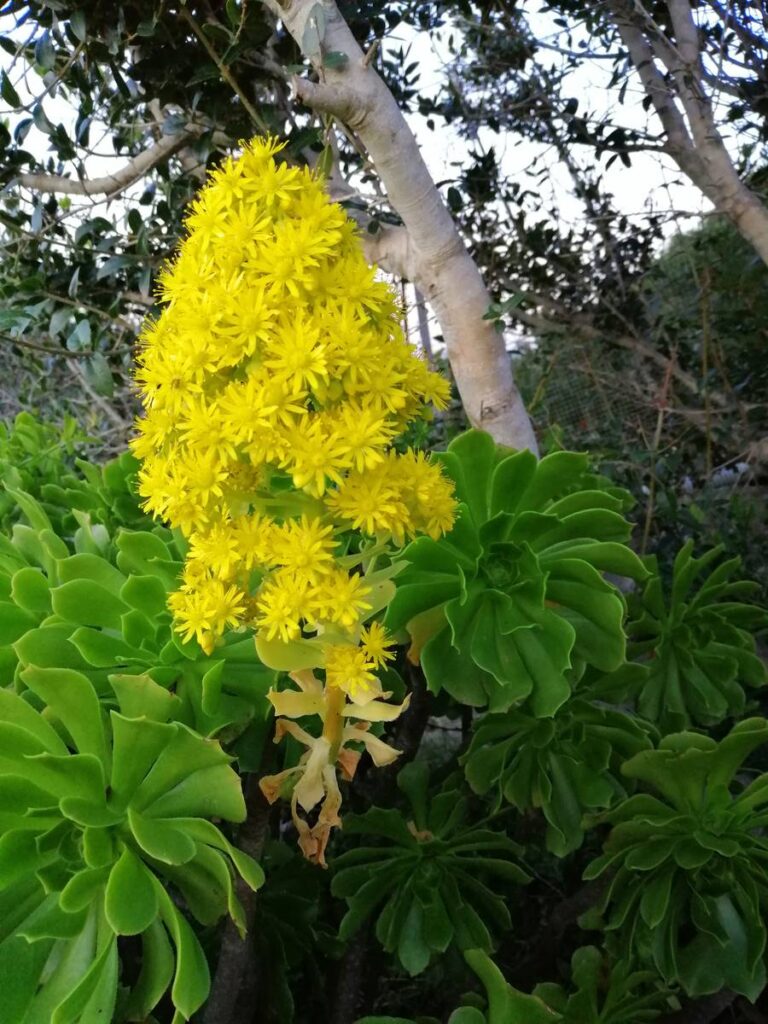
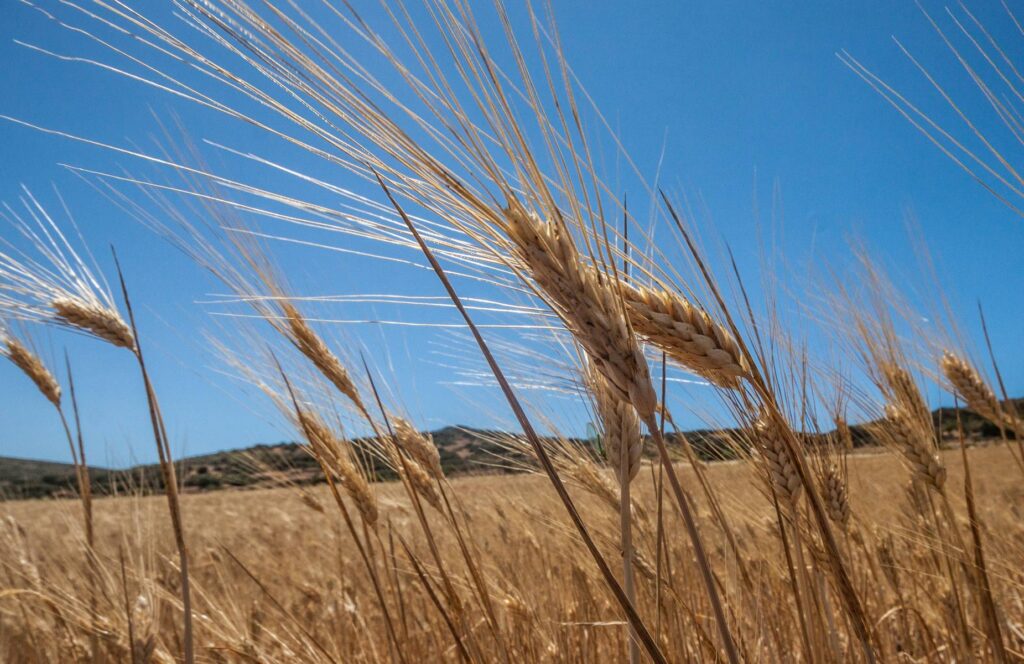
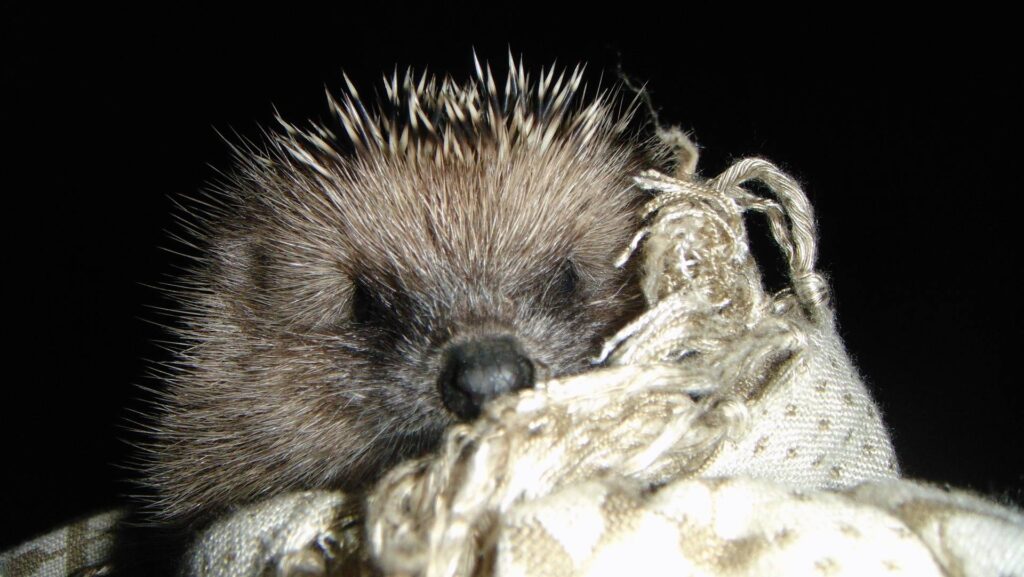
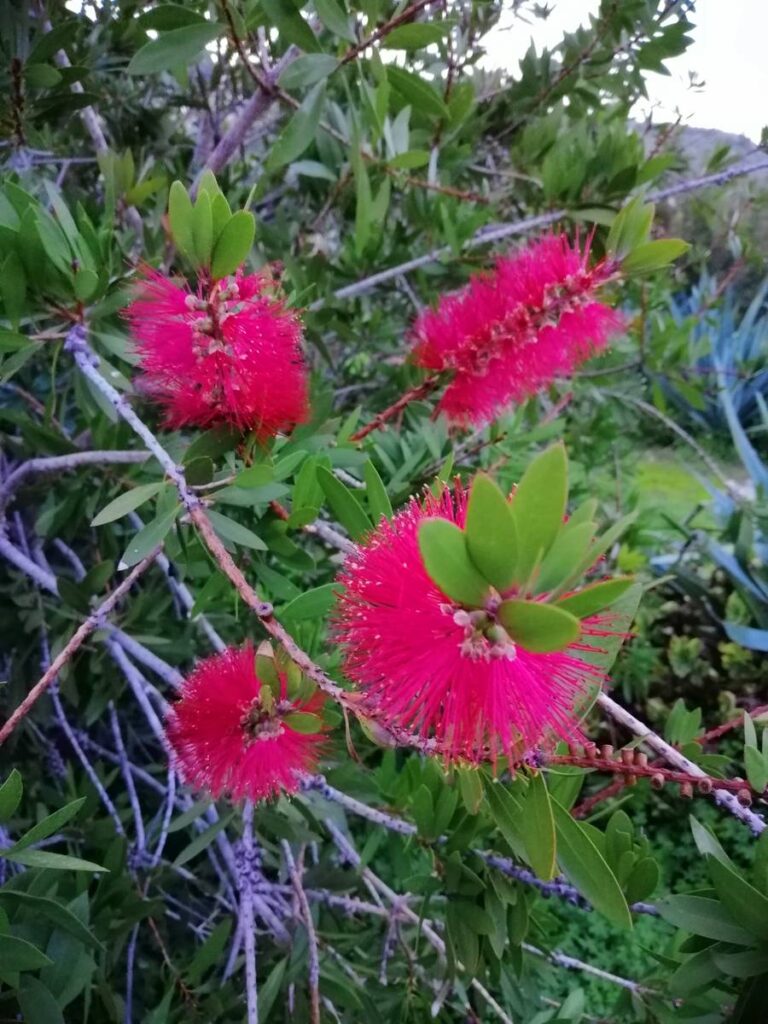
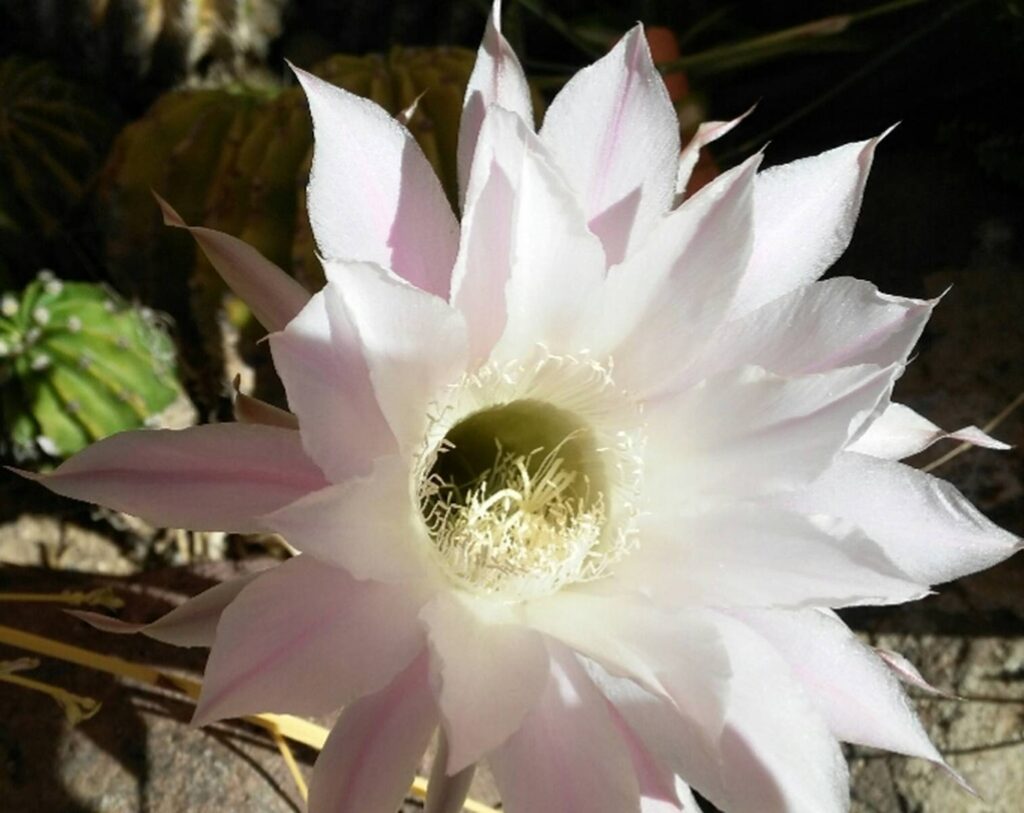
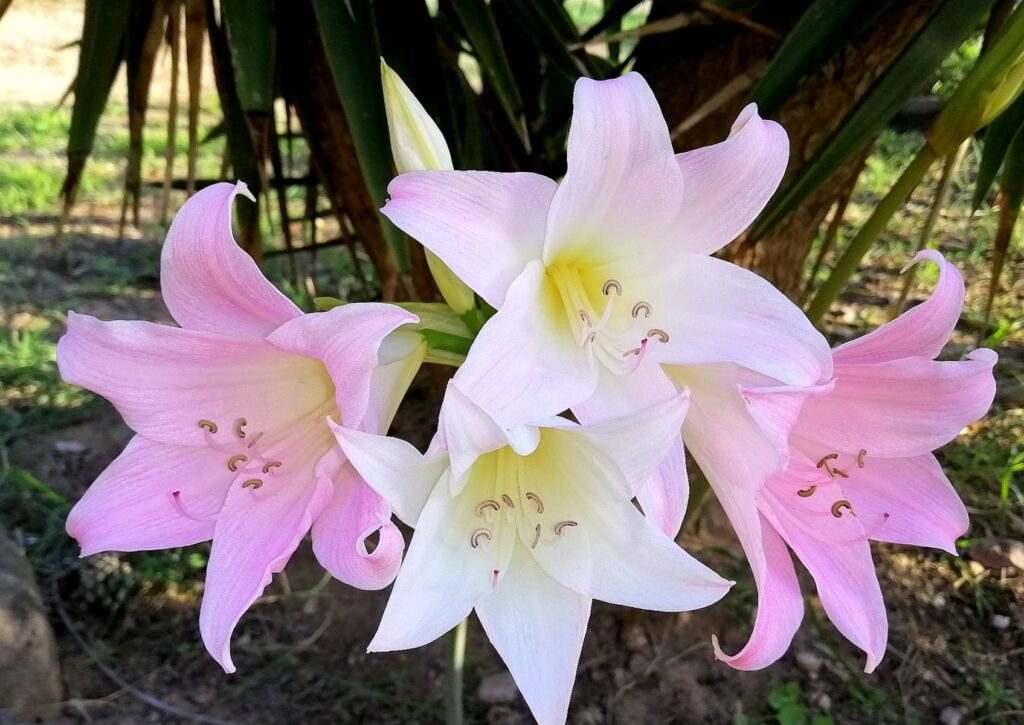
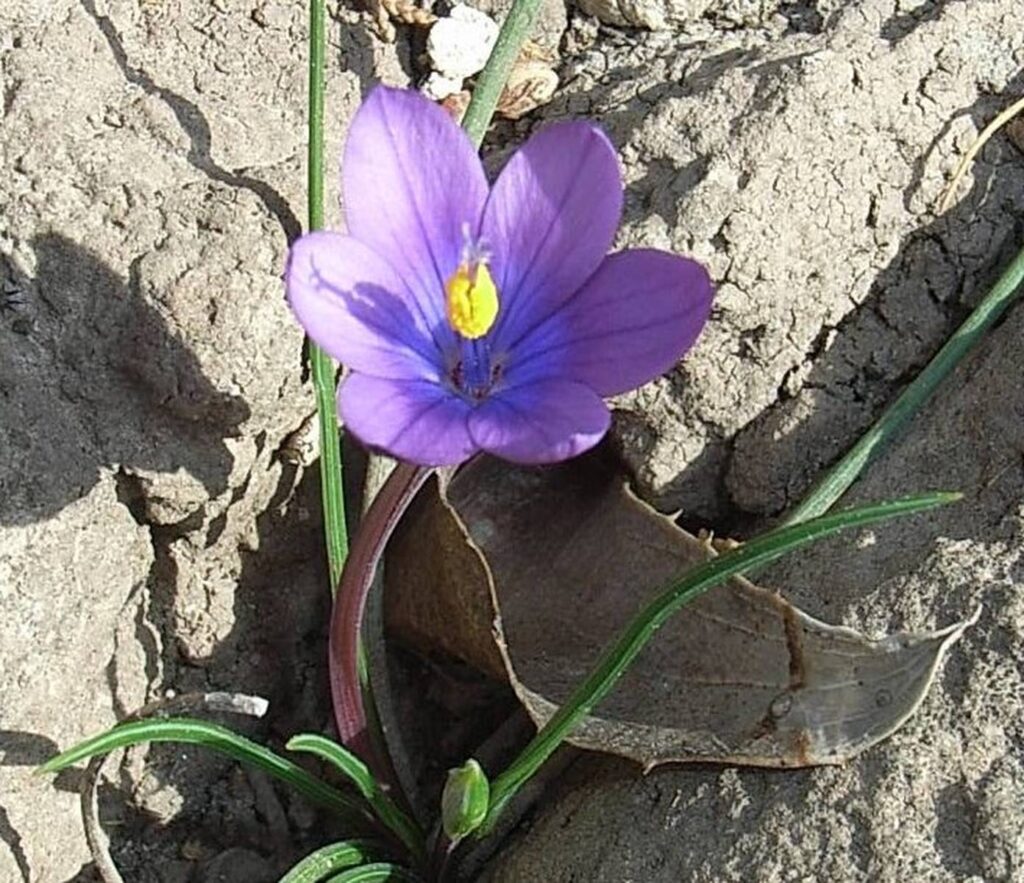
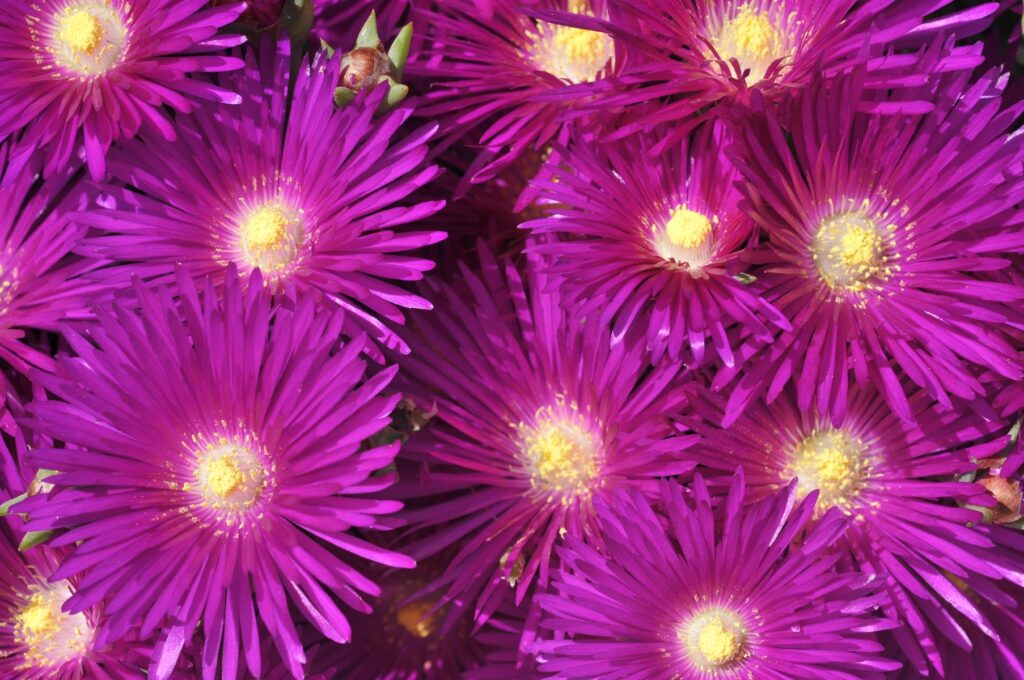
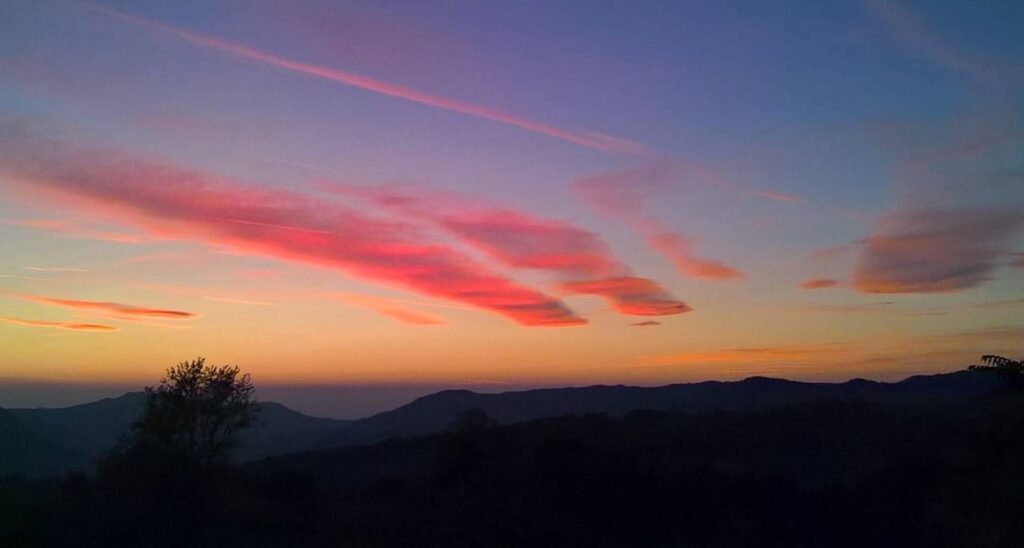
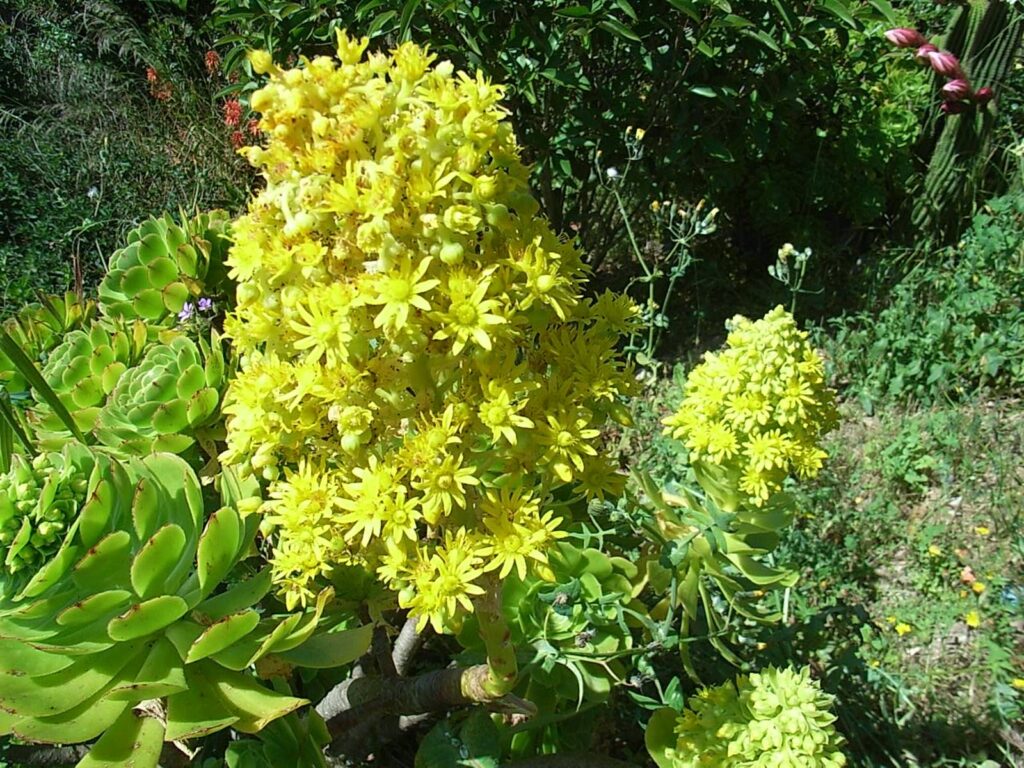
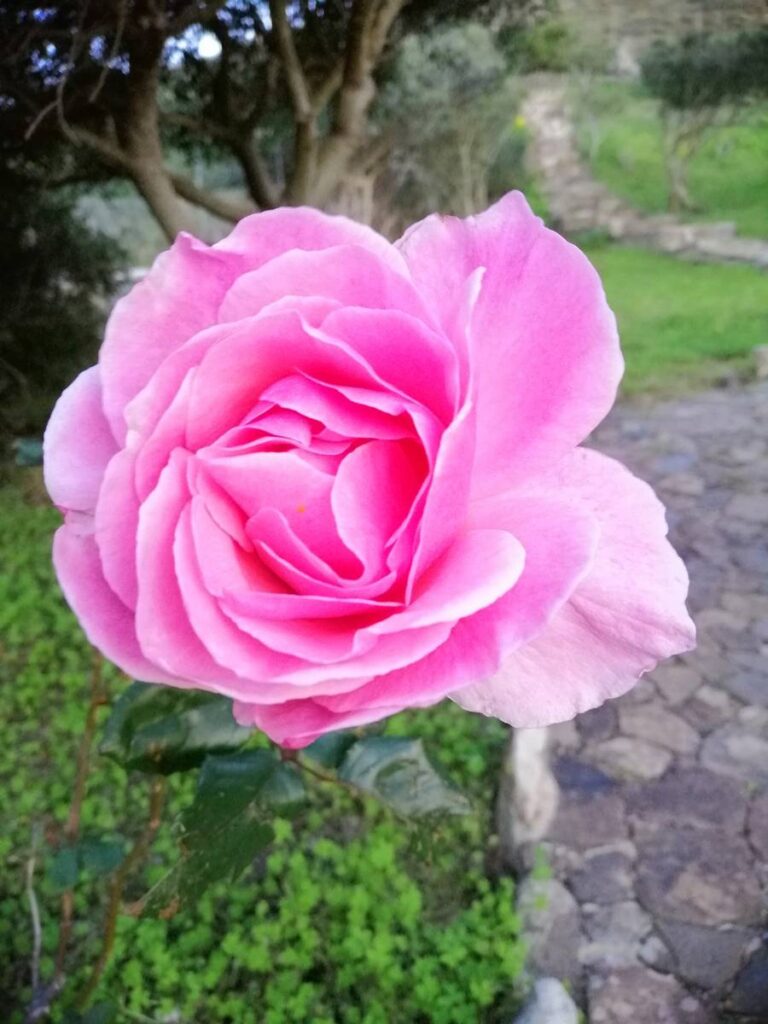
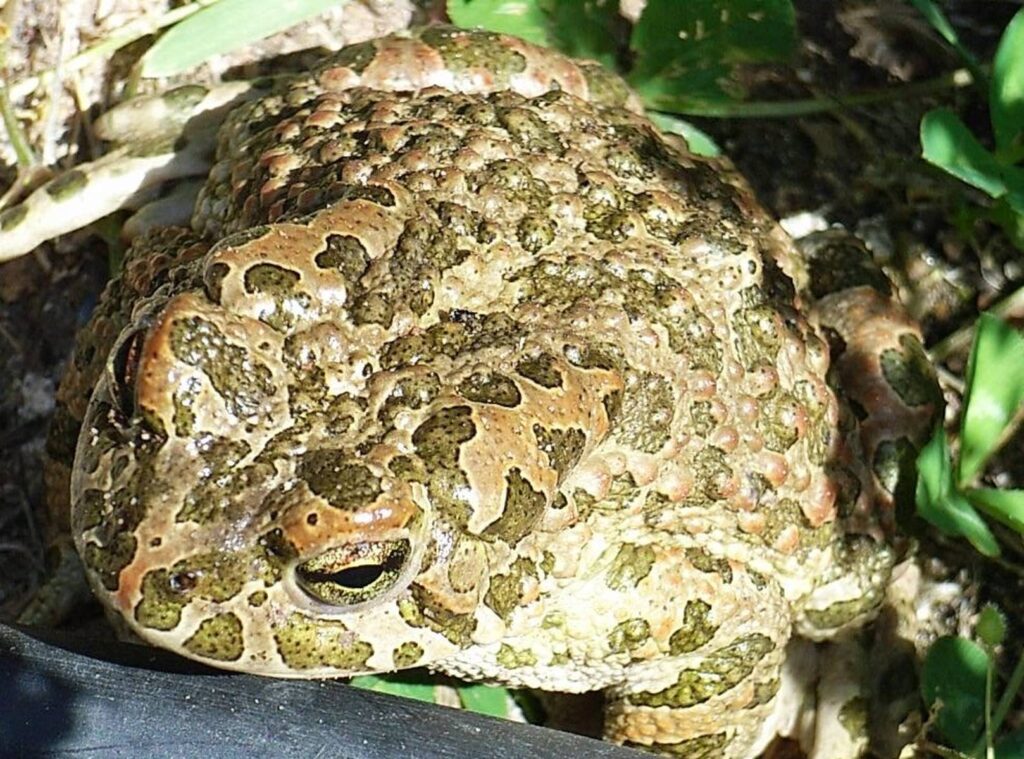
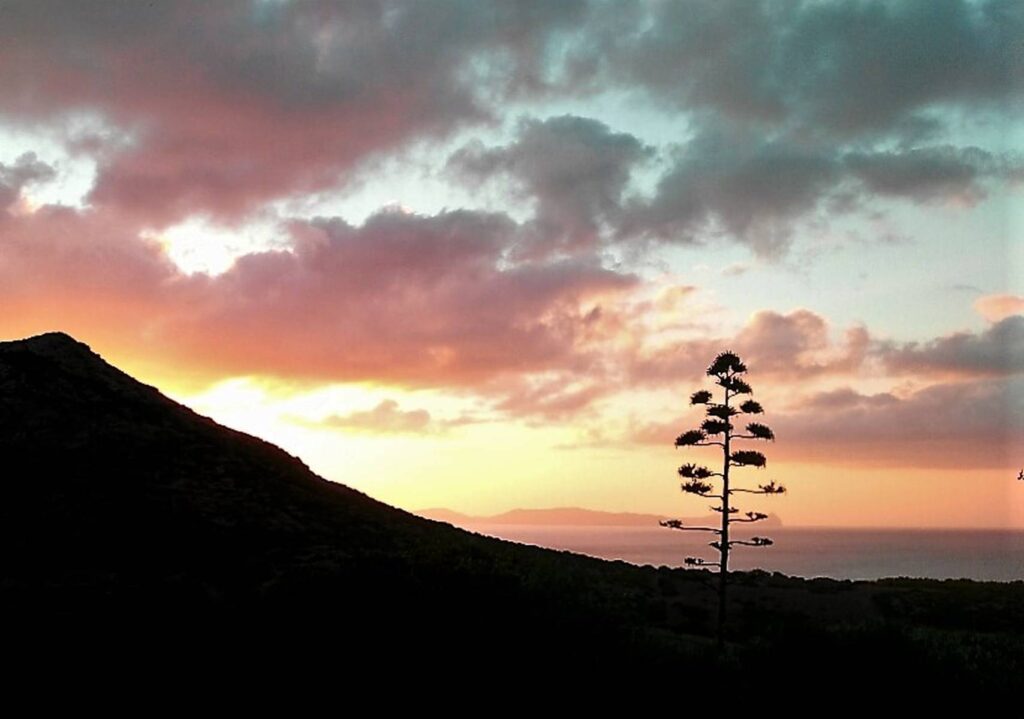
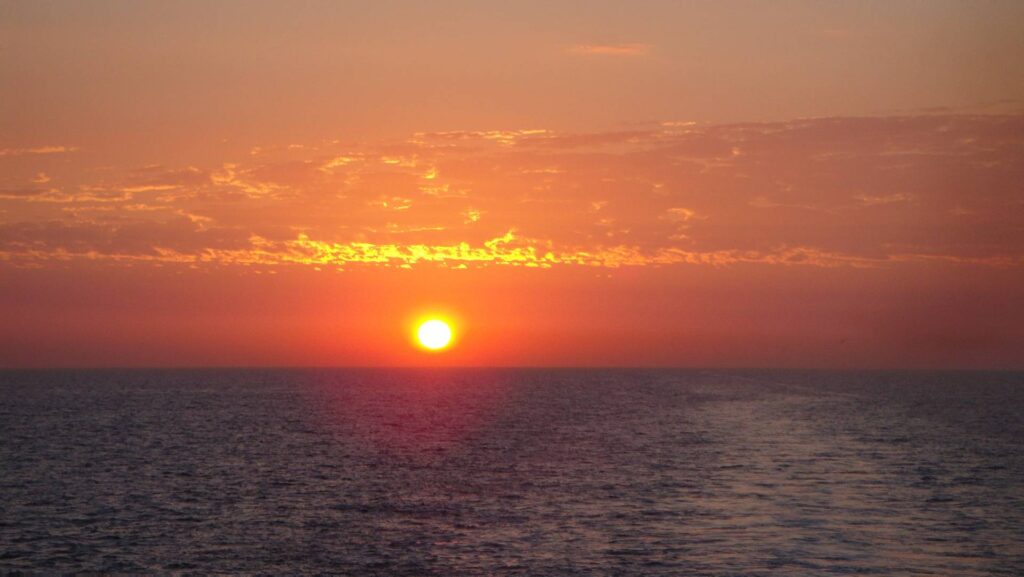
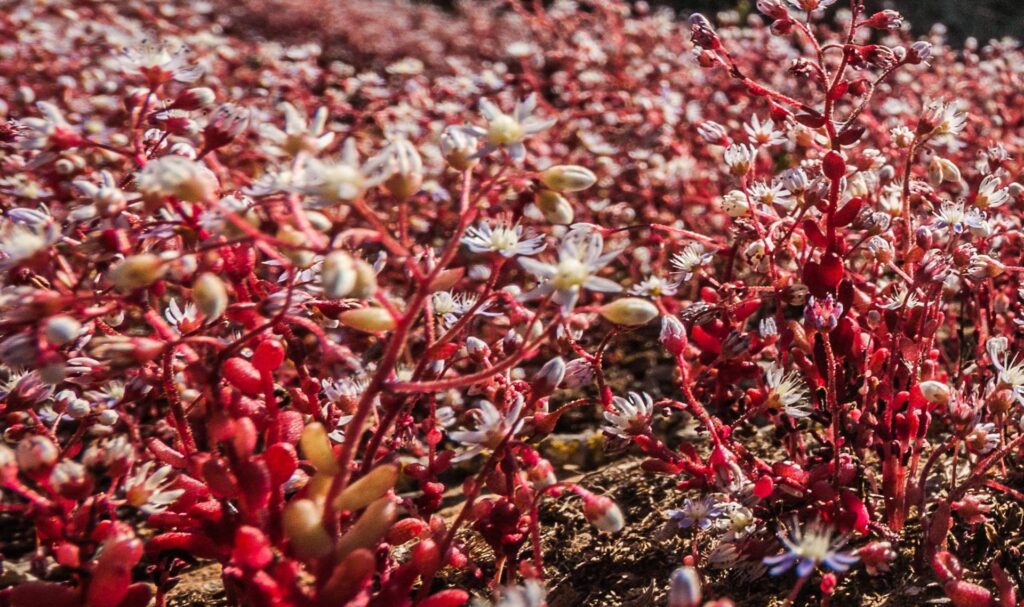
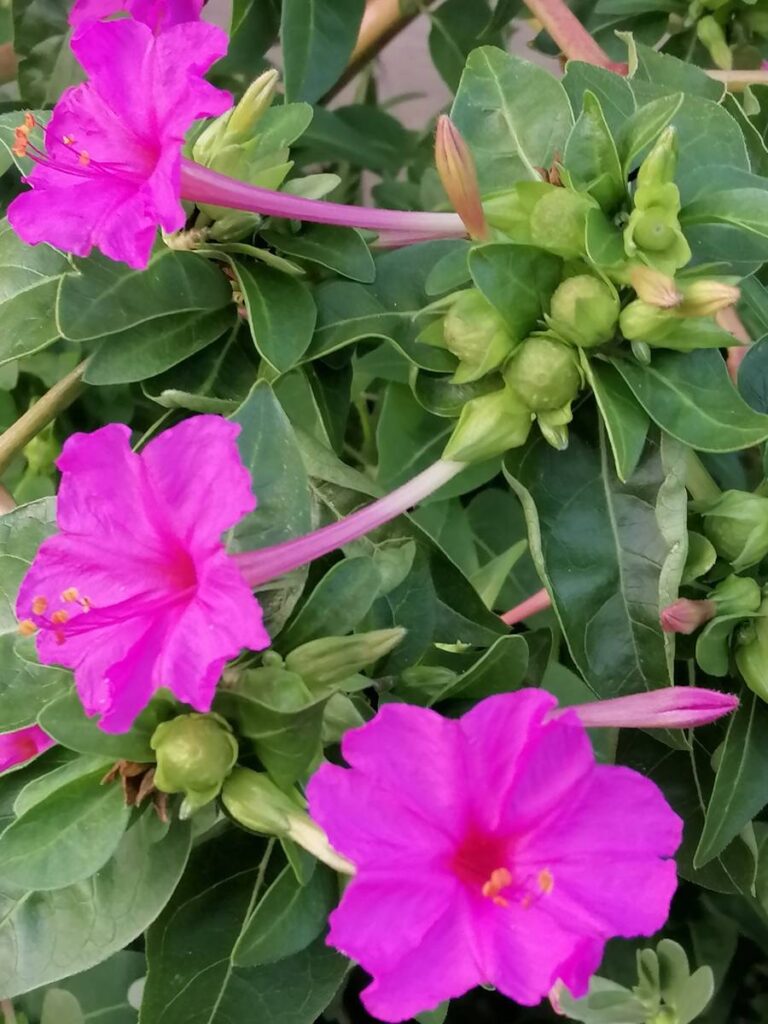
per gli amanti della natura:
Sant’Antioco è un paradiso naturale, ogni suo angolo è una scoperta, per la vegetazione spontanea lussureggiante, fiorita di mille colori in primavera, la macchia mediterranea sempre verde anche durante la siccità estiva. Sono rappresentati tutti gli ambienti, il mare meraviglioso e le spiagge, le rocce a strapiombo, la campagna, i boschi, le zone umide, le colline. Gli alberi più presenti sono l’olivastro, il lentisco, la fillirea, la palma nana di San Pietro; fra gli arbusti il cisto, l’euforbia, l’erica e la ginestra. I fiori sono migliaia, dalle gialle fioriture di fior d’oro in estate, allo zafferano selvatico che nasce spontaneo, a diverse varietà di orchidee, fra cui il giglio dei poveri, a quelli che nascono proprio sulle spiagge, i carpobrotus dai fiori rosa e bianchi, e i rari, bellissimi gigli di mare. La fauna selvatica è molto variegata, con migliaia di uccelli (spettacolare la migrazione di gruccioni, tordi e storni, molti rapaci diurni e notturni, gli uccelli acquatici fra cui spiccano cormorani, aironi e fenicotteri, e poi passeracei, rondini, la pernice sarda, l’upupa…), con una nutrita rappresentanza di roditori (conigli e lepri, donnole e mustioli), di cinghiali e piccoli animali come rane , rospi, ricci, bellissimi insetti fra cui le libellule, farfalle colorate e api laboriose, ulteriore prova dell’ambiente incontaminato. Importante sottolineare che non ci sono animali velenosi in Sardegna. Il paesaggio offre scorci spettacolari, romantici tramonti e panorami mozzafiato.
Elencarli tutti è quasi impossibile, ci limitiamo a citare:
- Semaforo di Capo Sperone (in collina, con una vista mare spettacolare, da Capo Teulada all’isola di San Pietro, fra le rovine scenografiche della vecchia stazione semaforica della Marina)
- Il nido dei passeri (sulla scogliera ovest, verso l’isola di San Pietro, fotografie splendide, con il faro Mangiabarche in mezzo al mare)
- Capo Sperone (una scogliera rocciosa, raggiungibile soltanto a piedi , con un sentiero che si snoda fra la bassa, profumata vegetazione fronte mare)
- Le rocce che dominano i siti di Grutti Acqua e di Corongiu Murvonis (con le antiche vestigia delle civiltà nuragiche)
- Il monte Arbus, proprio sopra di noi (panorama a 360 gradi su tutta l’isola e sul mare)
- Lo stagno Sa Punta S’Aliga, con tutti i suoi uccelli acquatici
- L’ambiente delle Saline, frequentato da fenicotteri e aironi
- Torre Cannai, sede di Italia Nostra, da cui si possono ammirare i dintorni e i colori di un fantastico mare
Potete fare passeggiate, trekking, birdwatching, andare in bici lungo i sentieri in riva al mare o sulle salite più impegnative nell’interno dell’isola, godervi una passeggiata a cavallo di fronte al tramonto, o, se amate le sensazioni più forti, una gita in quad per raggiungere rapidamente gli angoli più inaccessibili. Per gli amanti delle passeggiate, proprio davanti a noi passa il Cammino di Santu Jacu, nella sua parte di percorso di sud ovest, che però attraversa tutta la Sardegna; non è famoso come quello di Santiago, ma altrettanto affascinante.
Se amate la natura, potete fare un’immersione totale. Rilassatevi e divertitevi!
Se volete andare un po’ oltre Sant’Antioco, non perdetevi:
- la grotta di Santa Barbara e la miniera di San Giovanni, Gonnesa
- la grotta di San Giovanni, a Domusnovas
- la miniera di Monteponi a Iglesias
- la miniera Rosas, a Narcao
- la grotta di Is Zuddas, a Santadi
- la grotta Su Mannau a Fluminimaggiore
- la miniera di Su Zurfuru a Fluminimaggiore
- Porto Flavia e Buggerru, con la Galleria Henry e il suo trenino che esce ed entra nelle rocce a picco sul mare, un’esperienza fantastica
- Il Belvedere di Nebida, famosa per i suoi panorami e anche fra i free climbers
- Il sentiero blu, a picco sul mare, per i trekkers più esperti
- le cascate di Sa Spendula e Muru Mannu a Villacidro
- il complesso forestale di Monte Arcusu, sede WWF, con cervi e cinghiali
- la foresta di Marganai, sopra a Iglesias
- il castello di Acquafredda, a Siliqua, dimora di Ugolino della Gherardesca (sì, quello di Dante)
- “Sa Reina” (la Regina), uno dei più grandi e vecchi ulivi d’Europa, a S’Ortu Mannu, a Villamassargia